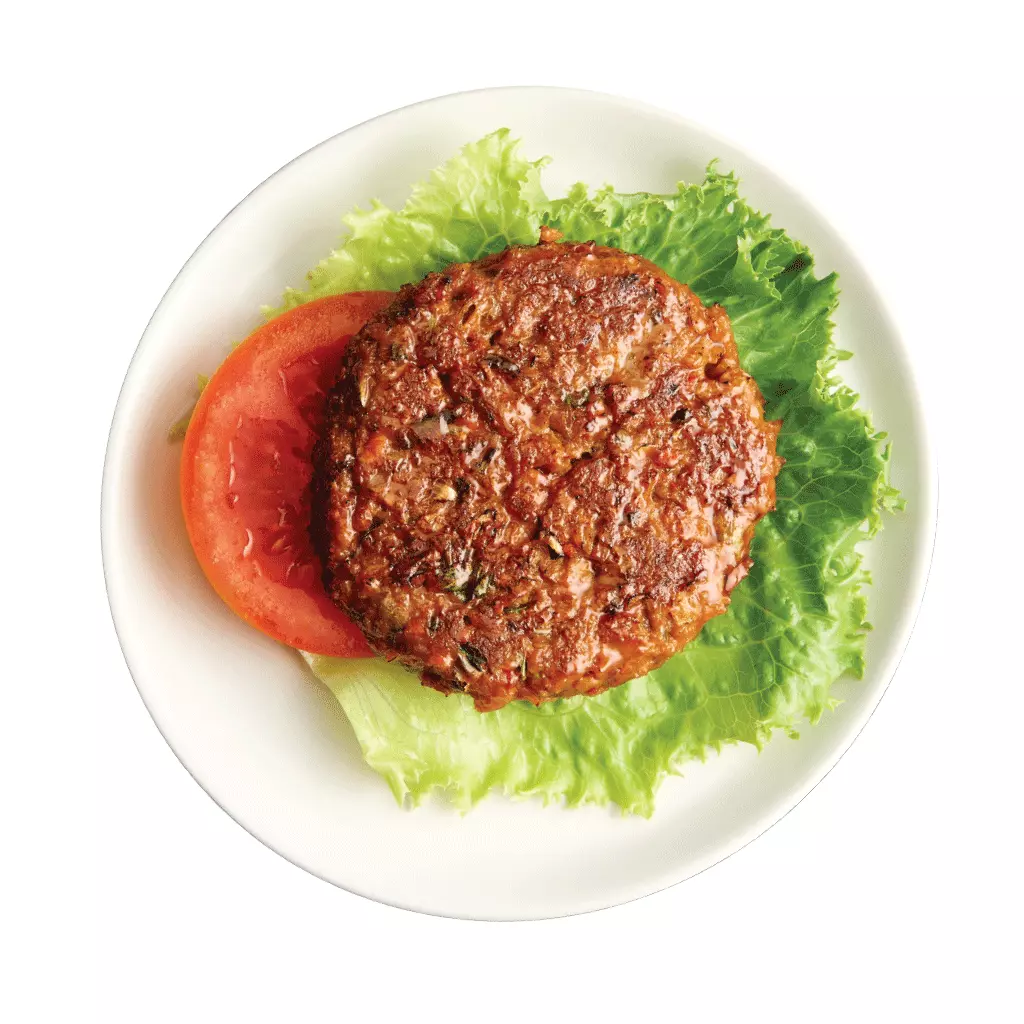Losing weight can sometimes be difficult because of the many challenges that can present themselves along the way – from emotional eating to holidays and social events. But the good news is that these challenges are not too large to overcome. All you need is the right mindset and support to set yourself on the path to achieving your weight loss and health goals.
Continue reading to discover how you can deal with some of the most common dieting challenges and stumbling blocks to losing weight.
1. Stress/Emotional Eating
Food cravings are often stronger when one is faced with the ups and downs of life. If you are like many people, you probably resort to food for comfort when you are stressed, feeling bored, or dealing with a difficult issue.
Eating in response to your emotions (instead of hunger) can sabotage your weight-loss efforts. This is because it often results in the overeating of sweet, fatty, and calorie-dense foods. Fortunately, if you are susceptible to emotional eating, there are many steps you can take to regain control over your eating habits and get you back on your weight loss track.
No matter which emotion causes you to overeat or make poor food choices, the result is usually the same. While you may experience a little comfort in the meantime, the effect does not last for long before the emotions come back, and you probably saddle yourself with an extra burden of guilt about self-sabotaging your weight-loss goal. This may also result in a vicious, unhealthy cycle where your emotions make you overeat, you blame yourself for deviating, you feel horrible, and you then eat too much again.
Strong food cravings and emotional eating don’t just occur. These patterns of behavior are usually triggered by a certain experience, such as a feeling, thought, and or situation.
If you are able to figure out the trigger, then you can break these patterns of behavior and make healthier decisions.
At Biointelligent Wellness, we have created a “break the chain” worksheet to help our clients determine what triggers emotional and stress eating in them. We then use a step-by-step strategy to get them to take different actions.
How to Get Back on Track?
There are several steps you can take to manage your cravings when boredom or negative emotions make you want to turn to emotional eating. Follow the tips below to curb emotional eating.
- Journal. You need to keep a food journal where you will write down what you eat, when you eat, how much food you eat, how you feel when you eat, and how hungry you are when eating. With time, you may begin to notice patterns that show the link between mood and food.
- Control your stress. If your emotional eating is due to stress, try a stress management technique, like meditation, deep breathing, or yoga, to help deal with the situation.
- Do a hunger reality check. Are you physically hungry or emotionally? Unless you ate many hours ago and have a growling stomach, you are probably not hungry. So, give yourself some time to get over the craving.
- Seek support. Having a strong support network can make you less likely to indulge in emotional eating. Get support from friends and family, or try to join a support group.
- Combat boredom. Rather than snacking when you are bored, look for ways to divert your attention and replace that with healthier behavior. You may decide to watch a movie, play a game, listen to music, browse the internet, or read a book.
- Keep temptation out of sight. Avoid keeping the comfort foods you love in your house. And if you are famished, delay your grocery store trip until you have your emotions under control.
- Seek other ways to de-stress. Stress is one of the leading causes of mindless eating. Instead of turning to food when you are feeling stressed, stand up and go for a brisk walk around the neighborhood. A change of environment can help you overcome those cravings for sugary treats or cakes when you are stressed.
- Learn from every setback. If you slip into emotional eating, don’t beat yourself up. Forgive yourself and begin afresh the next day. Take a few lessons from that experience and create a plan for how you can avoid a repeat in the future. Concentrate on the positive, healthy changes you are making in your eating habits, and praise yourself for each change toward a healthier you.
2. Time/Planning
Time management is something that many of us struggle with, whether we are trying to get things done at work or preparing healthy meals. But a nutritious, healthy diet does not have to be another cause of stress in your already busy life. Instead, it should help you ease stress.
The actions necessary for weight loss require investing your time. The process of losing weight takes time. Weight loss does not occur overnight, so you need to bear this in mind no matter what lifestyle changes you have decided to make in order to shed weight.
It will also be much easier for you to commit long-term to losing and maintaining weight when you have established routines and habits, which also take some time to ingrain.
You need time to shop for ingredients, plan your meals, and cook meals.
Many people don’t plan their meals or have any specific schedule to shop for food.
If this describes you, then you probably are not fully set up for success and therefore grab meals when you are hungry. It is not a good idea to grab something or grocery shop when you are famished, as you will be tempted to go for the carb-rich “junky” quick food options.
Tips
- Set aside just one hour every weekend to do some meal prep, whether it is to cut vegetables and prep good protein sources or make a complete meal set to have for the week ahead. You may also package smoothie ingredients into specific bags in advance (so you just need to put them in a blender and add a liquid of your choice when you are ready).
- Try to make a batch of soup in advance and freeze it in small containers to warm up during the week.
- If you don’t like meal prepping or eating leftovers, consider pressure cooker meals or one sheet pan dinners that do not take much time to prepare: Just add the ingredients, set a timer, and allow it to cook. You may also go for shortcuts, such as pre-chopped frozen raw materials or frozen ginger, herbs, garlic, or ginger, to add more flavor to your meals.
- Start small. If you currently don’t do any meal prep, find time to make just one meal every week. If you are already preparing two for the week, carve out time to make it three or four.
Even if you are able to make only one more meal, it is a positive step toward changing your behavior and improving your health.
Real, long-lasting change happens gradually – one baby step after the other, not by trying to change everything in a snap.
So think about what positive actions you can do now – even if it does not seem significant – and just do it. Then repeat it the following week. When you become used to it, ask yourself whether you can add another prepped meal for the week.
Bear in mind that you are seeking progress, not perfection.
In addition to scheduling your grocery shopping trips, you should try to create a weekly meal plan ahead of time. When you already know what you will be eating at mealtime, you have one less decision to make and one less thing to divert your attention from whatever you might be doing at that time.
So, practice meal planning and grocery shop accordingly.
3. Eating Out/Social Events
This is undeniably one of the largest challenges most people face when attempting to lose weight. See our detailed blog with tips to help keep you on track.
4. Eating Enough Veggies
Many dieters find it difficult to eat enough veggies during the course of the day, probably due to lack of time or dislike for vegetables. Following are tips to help you meet your daily requirements for vegetables.
Tips
- Purchase pre-cut vegetables. This will reduce your prep work or make it easier to snack on vegetables.
- Cook in large batches – chips, soups, zucchini muffins, etc.
- Make sure to have frozen veggies available. It is common for people not to have enough fresh veggies around the house or use them before they become spoiled. One simple way to make sure that you always have the veggies you need is to buy and freeze them.
- Roast vegetables in a large sheet pan. Keep them in the fridge in a glass container to eat as a snack or add to some leafy greens for an easy salad throughout the week.
- Explore our recipe page where we add amazing veggie-filled recipes every week.
Here are some ideas to add veggies to your Ideal Protein Products
- Add cooked cauliflower rice to oatmeal
- Bake zucchini or other veggies into baked goods like bread, cookies, or zucchini muffins
- Add spinach to smoothies
- Make a rotini pasta salad
- Add veggies to IP soups
- Add veggies to packets, such as mushroom risotto, the chill, and vegetable bolognese to bulk them up.
- Dip Dorados in a pico de gallo
Some Creative Ideas…
- Use vegetables as bun: tomato, grilled eggplant, or Portobello mushroom buns
- Add vegetables to your burger: add mushrooms, diced bell peppers, or zucchini to your hamburger meat
- Make veggies into fries: rutabaga, kohlrabi, or turnip are great choices
- Turn them into “chips.” Roast sliced eggplant, zucchini, cucumbers, kales, radishes, or green beans into chips to make a quick snack
- Stir fries: Stir-fries are an easy one-pan meal that can easily add more veggies to your dinner
- Veggies noodles: zucchini, spaghetti squash, or kohlrabi noodles
- Veggie frittata (an egg-based dish)
- Soups
- Add vegetables to tuna salad or create a tuna salad pickle boat
- Stuffed vegetables: stuffed zucchini boats or bell peppers.
- Bonus Tip: You can try to make them in big batches and then freeze them.
5. Self Care
How many times have you felt exhausted and wished there were more hours in the day? You are sure that you need to take a break and tell yourself that you will have some “me time” once you complete just one more thing. The truth is, you will always have one more thing to do.
Today, we are living in a quick-paced world where everybody seems to be always busy. There’s not even much room for sleep in our schedules, not to talk of time to take care of ourselves. Essentially, self-care refers to the things we do to cater to ourselves, whether emotionally, spiritually, or physically.
It is the first thing we need to do to cope with the ups and downs in our lives. Self-care does not have to be difficult or complicated. It can be as simple as having a short walk around the block or going to the spa.
A crucial part of self-care is eating well. You need to have a healthy weight to be physically and emotionally healthy.
Many of us commit too much of ourselves to work, life, school, or family, that we become drained. And the quickest way to regain your lost energy is through food. Looking for comfort in a large bowl of pasta, ice cream, or chocolate.
Although this may seem like what you need at that moment, it is not beneficial in the long-term, especially if you are looking to shed or maintain the weight that you desire.
TIP: You should try to change your mindset and realize how crucial taking care of yourself is. You are not doing this only for yourself but also for those who matter the most to you. If you are emotionally or physically unwell due to being overweight or an unhealthy diet, a time may come when you won’t be able to take care of the people you love because you haven’t made your own self care a priority.
Take Away
Dieting is not just about restricting high-carb and high-fat foods. It’s about developing an eating habit that helps you live healthier, happier. It’s about realizing that there will always be some challenges to your healthy eating commitment and learning how to overcome those challenges.
We hope this blog will help you in dealing with the real challenges of dieting. If you still have some questions unanswered or are facing a unique challenge, DO talk to our experienced coaches. We offer a Free 15-Minute Consultation to help enthusiast people like you.






